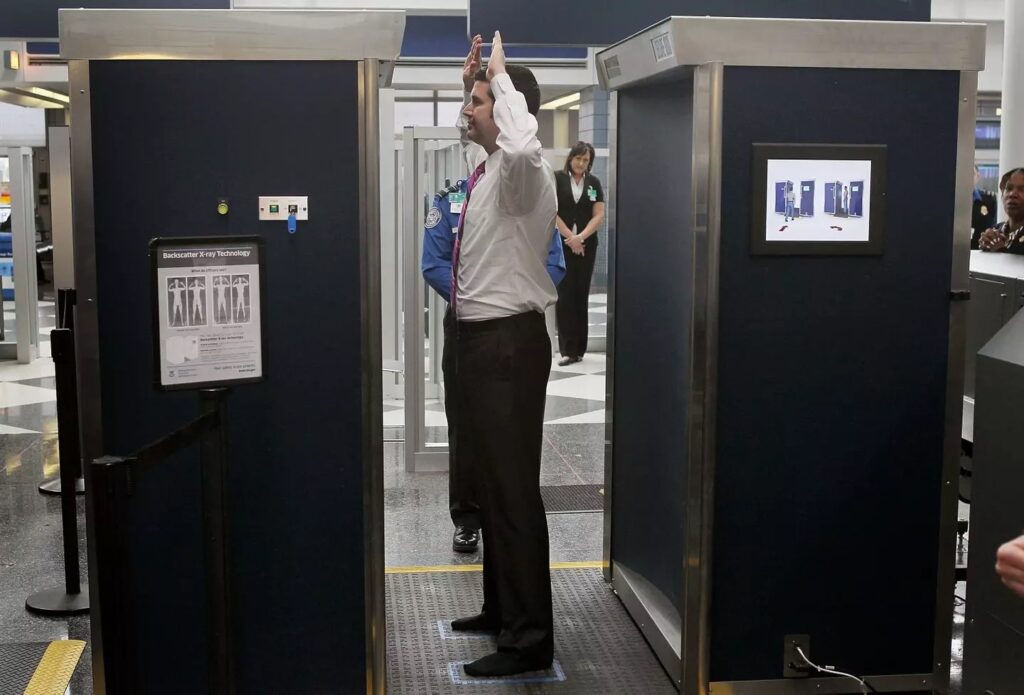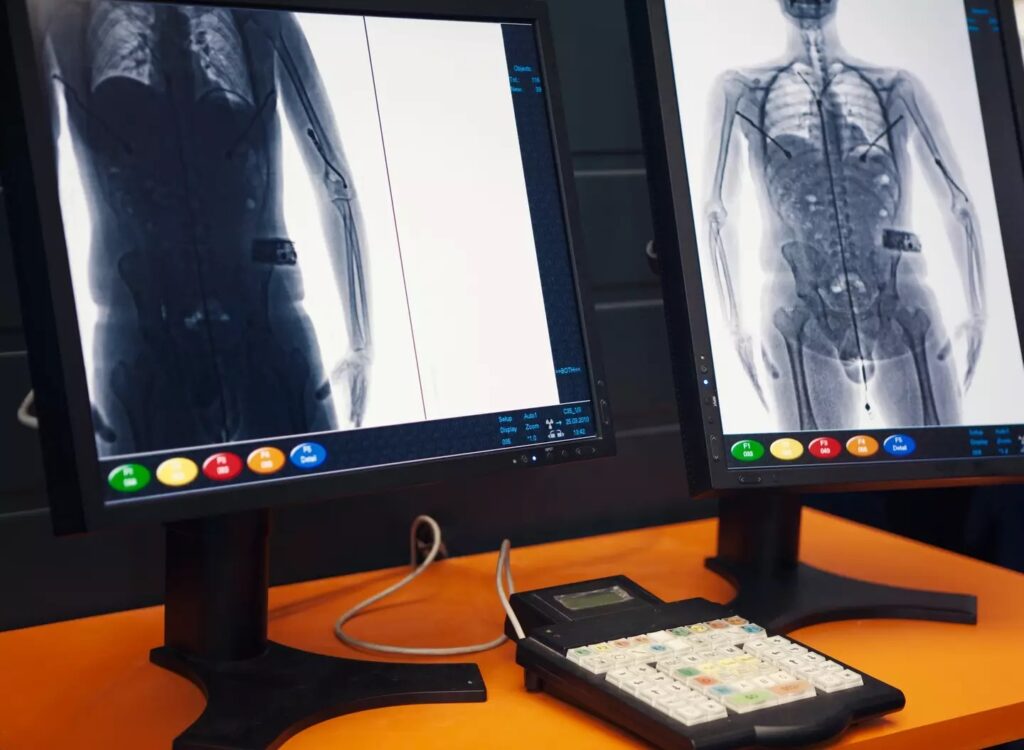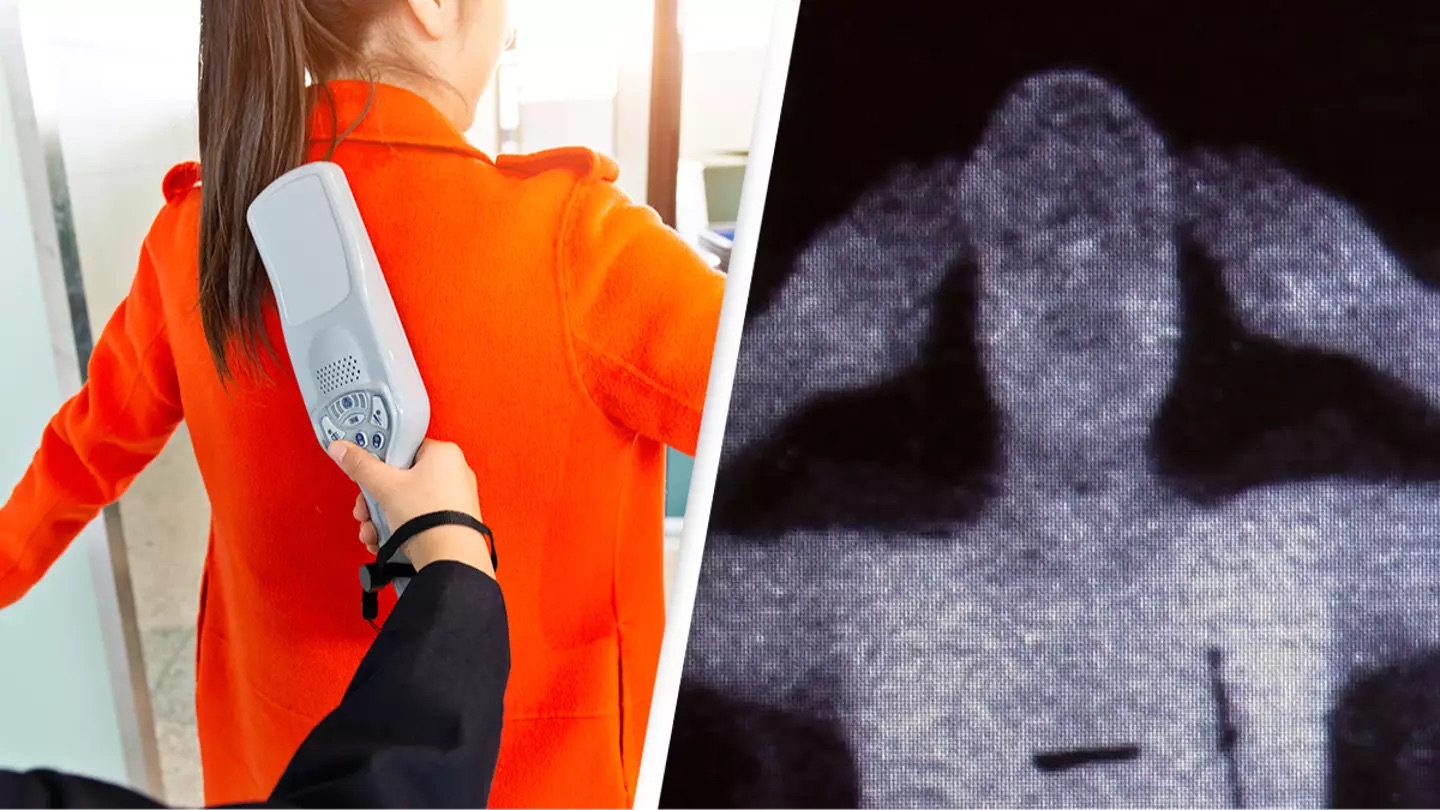U.S. airports were forced to update their security scanners after it became clear just how much detail the x-rays were revealing. If you’re able to pass through airport security without a worry, that’s a luxury some can’t relate to; the checks can be tense, though the promise of a cocktail at the other end helps.
While today’s scanners won’t pick up on nerves, they once displayed more detail than passengers realized—so much so that significant changes were required. Before 2013, the TSA used body scanners from OSI Systems’ Rapiscan division, deployed after a 2009 incident involving bomb parts hidden in underwear. These scanners created detailed, almost nude-like images of travelers, sparking public concern.
As a result, the TSA asked Rapiscan to develop software that wouldn’t show such explicit images. When the company failed to meet the June 2013 deadline for a non-imaging Automated Target Recognition (ATR) update, the TSA ended its contract with Rapiscan.

“The TSA has strict requirements that all vendors must meet for security effectiveness and efficiency,” the agency explained, noting that Rapiscan’s failure to deliver the needed software led to the contract’s partial termination.

By June 2013, only ATR-equipped machines remained, offering quicker, more privacy-conscious screening. The TSA emphasized that this technology remained optional for travelers. At the time, 174 Rapiscan scanners were still in operation but were gradually replaced by new systems from L-3 Communications that displayed only generic, outline images of passengers.
